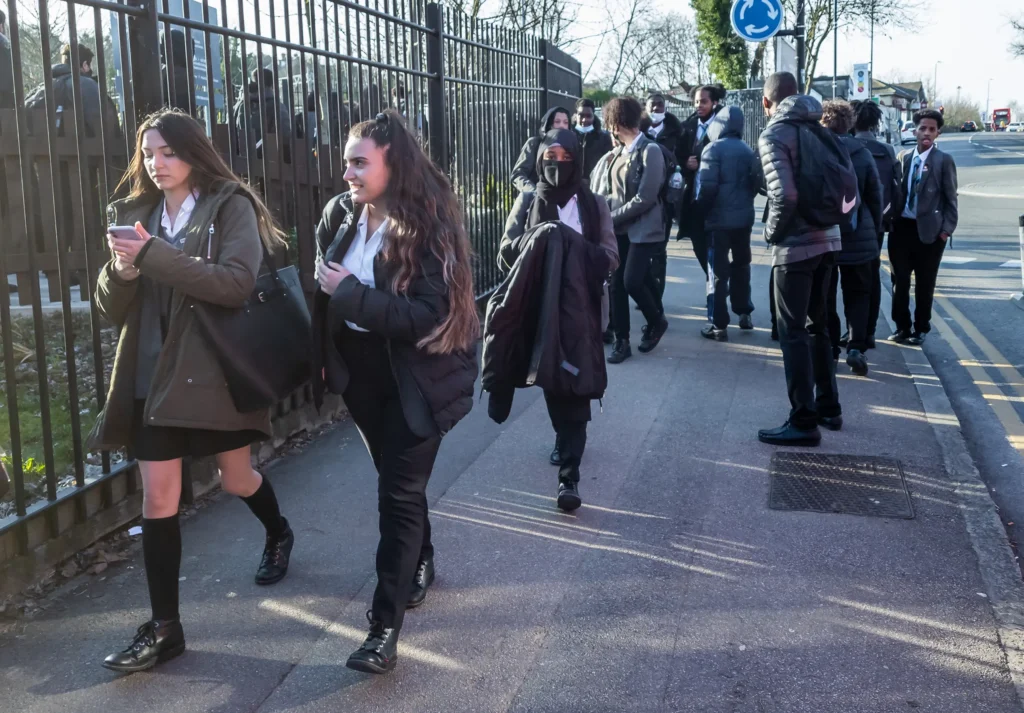The leap from primary to secondary school is a significant milestone in a child’s educational journey. As parents, your role in facilitating this transition is crucial. With the dawn of a new academic year, countless students in the UK are gearing up to embark on this new chapter at their secondary or senior schools.
While this phase is filled with anticipation and excitement, it’s not devoid of its share of apprehensions. The vastness of senior schools, coupled with heightened academic expectations, can be overwhelming. However, with the right strategies, you can ensure your child’s transition is seamless and joyful.
1. Organisational Mastery
A stark contrast between primary and secondary education is the expansive school premises and the constant movement it demands. Gone are the days of a single classroom; now, students must hustle between classes for different subjects.
Moreover, the structured and diverse timetable of secondary schools demands impeccable time management. Equip your child with tools like planners and time-keeping devices to help them manage their day efficiently.

2. Navigating Social Dynamics
The melting pot of secondary school brings together students from various primary institutions. This diversity offers a golden opportunity for your child to mingle with a broader peer group.
However, this also means they need to hone their social skills to forge new friendships, understand diverse personalities, and adapt to varying backgrounds. Equip them with the tools to handle peer pressure, ensuring they make independent decisions while setting clear boundaries.
3. Cultivating Healthy Routines
Wellness plays a pivotal role in academic achievements. Advocate for a balanced diet, regular physical activity, and consistent sleep patterns. These habits not only boost concentration and energy but also equip students to handle stress effectively.
4. Championing Independence
The secondary school environment is ripe for fostering responsibility and autonomy. Motivate your child to take charge of their academic tasks, from homework to seeking clarifications from teachers.
Additionally, as they might begin commuting on their own, instil in them the importance of road safety and punctuality, especially if they’re using public transport.
5. Striking the Right Balance
With greater freedom comes the responsibility of making informed choices. While secondary school allows students to explore their interests, it’s essential they maintain healthy social relationships.
Guide them to express their individuality while respecting others’ viewpoints. In today’s digital age, it’s also crucial to monitor their technology and social media usage, ensuring they take periodic breaks for their mental well-being.

6. Visioning the Future
Embarking on secondary education is more than just another academic phase; it’s the foundation for future endeavours, be it higher studies, professional pursuits, or personal growth.
Recognise that every child’s journey is unique. Offer unwavering support, patience, and ample opportunities, ensuring they evolve into self-reliant individuals, ready to face the world beyond school.
In conclusion, the transition from primary to secondary school is a transformative period. With the right guidance, tools, and mindset, your child can not only navigate this phase with ease but also lay a robust foundation for their future endeavours.









